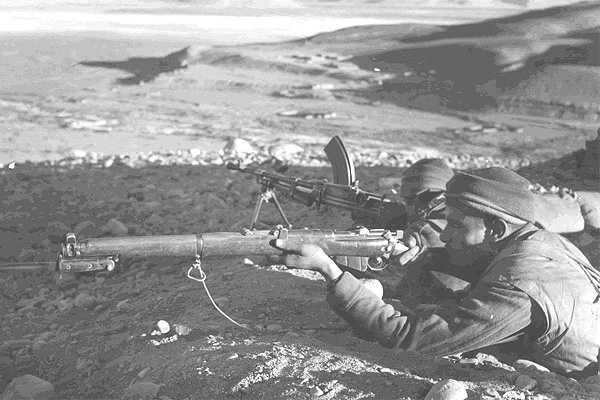The 20th of October 1960 would see the outbreak of a war that had been brewing for years along the Himalayan borders.
Containing horrors that turned days into nightmares, 30 days would seem like forever as Chinese forces collided with their Indian neighbors in what would be known as the Sino-Indian War.
The Chinese forces were substantially superior to their Indian foes, and would predictably trump them. But the Sino-Indian War also held tales of unfathomable courage and heroism as men in Indian colors fought valiantly in the face of crippling odds.
Among these gallant soldiers there is one whose name continues to echo through history. With a combination of fearlessness, experience, and patriotism, he led his men on a glorious charge against an overwhelming enemy force.
His exceptional courage and devotion were recognized by the presentation of the Param Vir Chakra (PVC) — which is India’s highest military decoration and similar to the United States’ Medal of Honor and the United Kingdom’s Victoria Cross. Only 21 soldiers have received the PVC since its establishment in 1950.
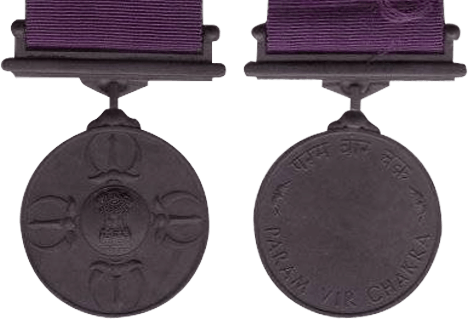
Joginder Singh was born on the 26th of September, 1921, in Mahla Kalan village in the Moga district, Punjab. In his teenage years, Singh was said to have felt that being a soldier would give him a much needed “identity and purpose.” Consequently, on September 28th, 1936, he enrolled in the Indian Army.
The coming years would find Singh growing into the man he had always wanted to be. He served with the British Indian Army on the Burma Front during the Second World War and also served with the Sikh regiment at Srinagar in 1947 when the first Indo-Pakistani War broke out.
Despite having fought in two wars, Singh was still far from being able to enjoy peaceful days. For several years, some borders in the Himalayan region had been plagued by disputes from both the Indian and Chinese sides of the divide. With peaceful negotiations failing to bear fruit, war started to creep closer.
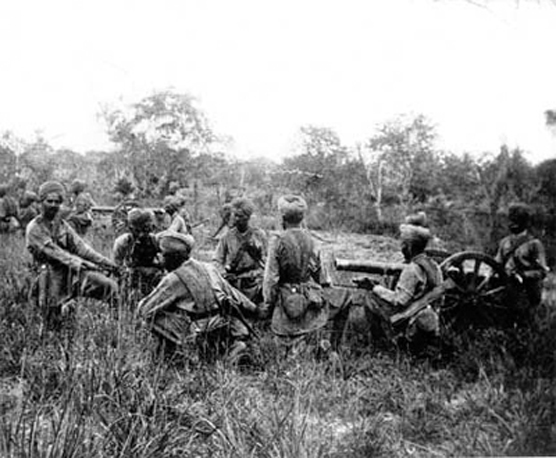
Inevitably, on the 20th of October, 1962, the Sino-India War began.
This war was a debacle from the outset. The Indian Army was not sufficiently prepared for a Chinese onslaught. The bulk of them went into battle armed with outdated weapons from WWII. In contrast, the Chinese soldiers were not only well-armed and better trained but also outnumbered the Indian soldiers.
There were 80,000 men in Chinese colors, marching into war against roughly 12,000 Indian soldiers. This, combined with other factors, clearly showed that the odds were never in India’s favor.
By the end of 20th of October, Namkha Chu was under China’s rule, and the People’s Liberation Army (PLA) was pummeling its way through the Dhola-Thag La area with several Indian soldiers falling on all sides.
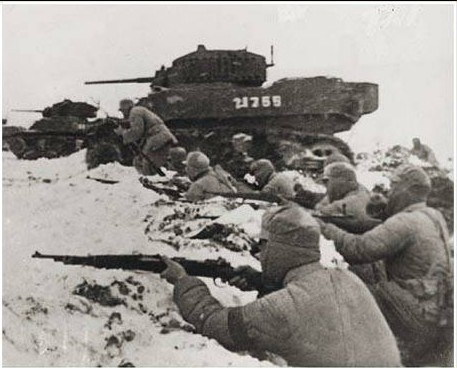
One area that the Chinese particularly wanted to conquer was the Tawang region. But the best route to Tawang was through Bum La where there were hostile Indian forces from the 1st Sikh Regiment ready to engage any approaching foe.
Capturing Tawang was made even more difficult by the “Twin Peaks” which was such an excellent vantage point that Indian soldiers stationed there could see every move made by the Chinese from miles away.
This made both the Twin Peaks and Bum La into valuable targets.
Between these two places was an Inspection Bungalow (IB) manned by Indian Soldiers. The nearby IB ridge was a redoubt close to Bum La, designated for repelling any attempt by the PLA to get to the Twin Peaks. This was where Joginder Singh and his platoon were stationed.
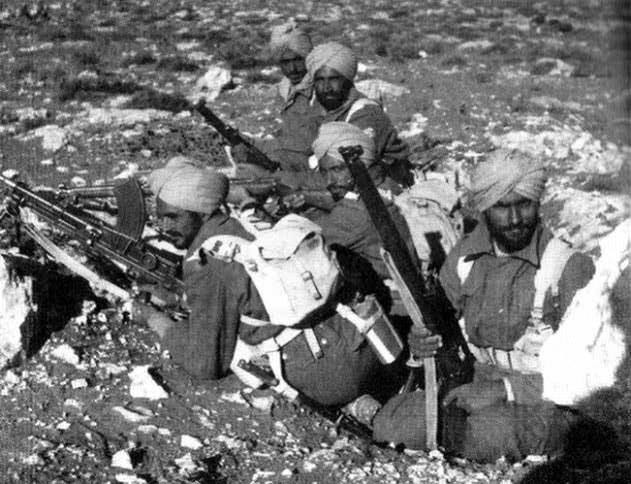
At the crack of dawn on the 23rd of October, the Chinese struck with a force of 600 men supported by mortars and anti-tank rockets. This assault came in three waves, with each wave consisting of at least 200 men.
Although the Indian soldiers were heavily outnumbered, the IB ridge was a strong tactical position. Its steep slopes were tough to climb and exposed several Chinese soldiers to hostile gunfire.
Capitalizing on this, Singh and his platoon decimated the first wave of the attack with well-aimed rifle fire.
Stunned by the level of damage they suffered, the Chinese temporarily pulled back.
After a little over 30 minutes, the Chinese struck again. This time, they came much more prepared. In the hostilities that followed, Singh’s platoon got a good pounding, with half of the platoon either dead or injured by the end of the attack. Singh got hit in the thigh by enemy fire.
Despite all this, the platoon successfully repulsed the attack once again.
Even though he was injured, Singh refused to be evacuated. He limped from post to post, screaming orders and adjusting defenses.
A third wave was approaching fast, and only a handful of fighters remained now. But Singh’s platoon, inspired by the man himself, was willing to fight to the last.
In a desperate bid to diffuse the Chinese onslaught, Singh gave permission for a Red-over-Red artillery barrage on the IB ridge, even with the risks this posed to himself and his own men. The artillery barrage would rain hell all over the ridge, putting Singh and his men in danger while at the same time decimating the larger Chinese force.
As the final engagement ensued, Joginder Singh dragged himself to a light machinegun, firing at any foe in sight in the midst of the cannonade.
By the time the artillery barrage had ended, Singh and his platoon had run out of ammo.
In a last-ditch assault, Singh readied his last standing men, fixing bayonets and gearing up for a banzai charge.
This photo is Fair Use
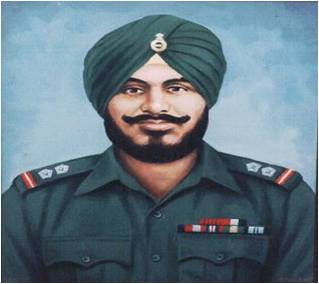
The Chinese attackers were stunned when the battle cry ‘Bole So Nihal Sat Sri Akal!‘ tore through the air.
Following this ear-splitting roar was the sight of men charging at their enemy with bayonets slashing in all directions. However, their bravery, no matter how fierce, was not enough to turn the tide. Still outnumbered by the enemy force, they were eventually cut down.
Jodinger Singh was captured, but three others escaped. While in Chinese custody as a POW, Singh succumbed to his wounds and passed away.
Read another story from us: “Stoned” Soldier Started Mutiny in India to End British Rule
He posthumously received the Param Vir Chakra for his unparalleled courage during the Sino-India War. When his Chinese captors heard of his award, they honored him by repatriating his ashes to the battalion with full military honors on the 17th of May 1963.
There is a memorial made for him in Moga town. In addition, the Indian Army paid tribute to him by raising a monument in his honor at IB ridge.
